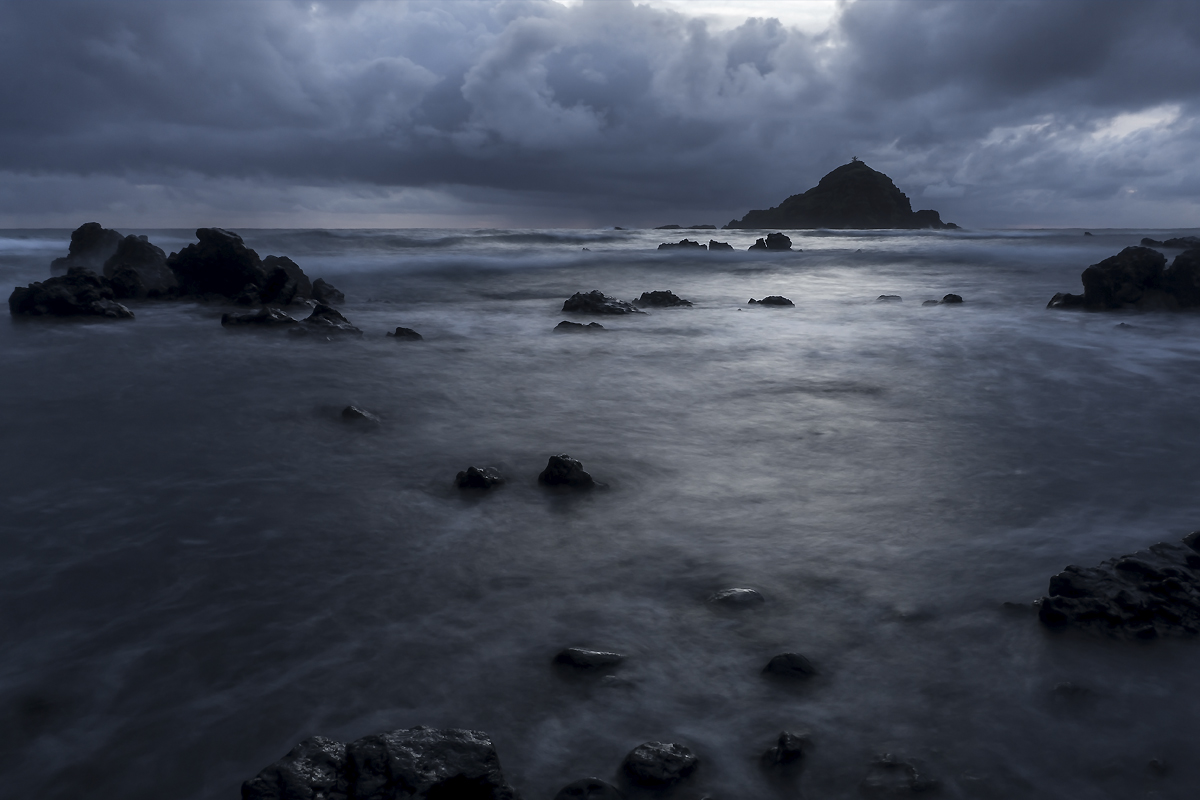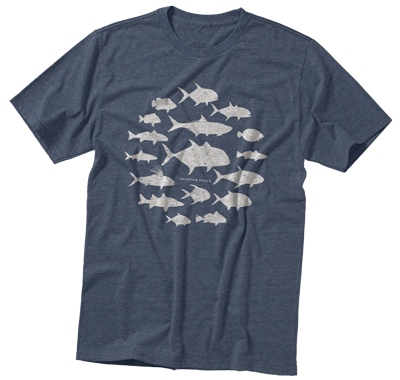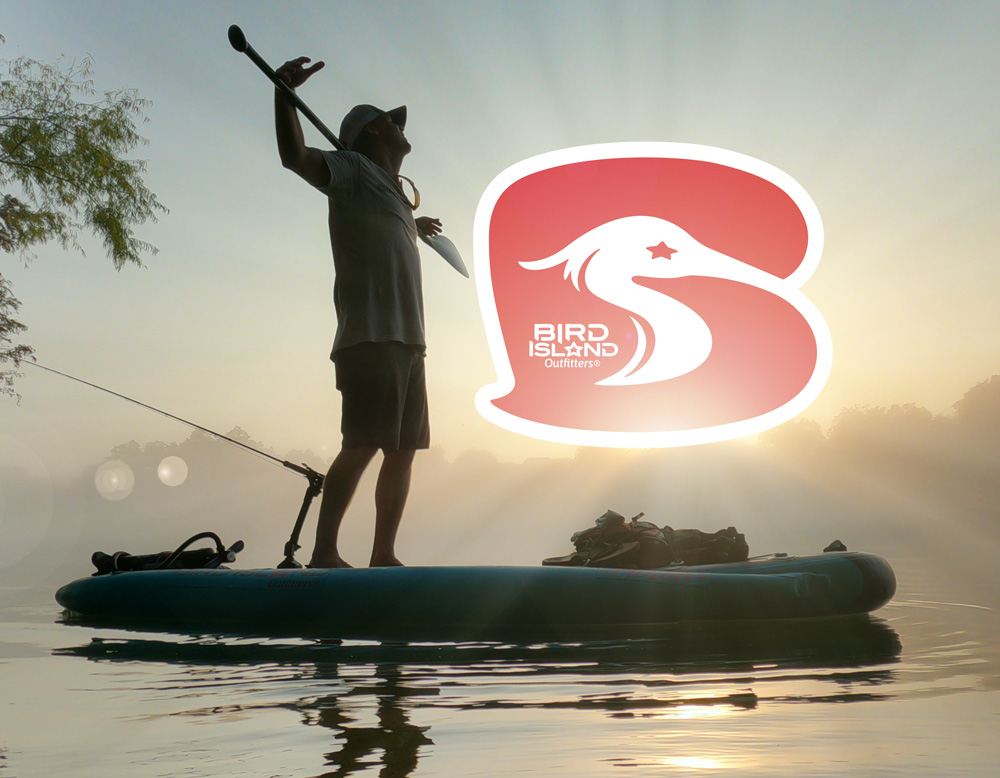DIY Fly Fishing: Ride out the Storm for Big Rewards
We’ve all been there… the sun is gently gracing your shoulders. The birds are singing. The fish are somewhat predictable. That’s when Mother Nature rears her ugly head. Well, turn that frown upside down mister! A great rule of thumb for DIY fly fishing: ride out the storm for big rewards and, potentially, great photo ops! With a little patience what might appear to be doomsday for fishing and photos could bring rainbows and butterflies.
“Sunshine is delicious, rain is refreshing, wind braces us up, snow is exhilarating; there is really no such thing as bad weather, only different kinds of good weather.” – John Ruskin
In this essay I’ll be speaking candidly about weather events, specifically weather that ranks a little below “hurricane”, “tornado”, “cyclone”, “blizzard”, “freezing rain” or “ice storm”. I’ll be focusing on general, low-pressure and seasonal weather disturbances which identify themselves with specific regions on the globe. Let me reiterate, I am not a meteorologist. But, I did stay at a Holiday Inn Express last night.
“Anyone who says sunshine brings happiness has never danced in the rain.” – unknown
Keeping us on our toes.
It’s widely known that there are drastic weather changes in every environment. I’ll say this to any fair-weather traveler reading this post: hunker down in one place for more than one season… maybe a few seasons in a row… and you’ll understand what I’m talking about. Personally, I’m a fair weather guy. I will tell you this, however: there’s nothing like a good storm to make you feel truly alive (and possibly thankful to be alive afterward)! Let’s say you’re high up in a alpine meadow trying to sneak up on some spooky, cutthroat trout lurking in gin-clear water. That solitude can turn into chaos in mere minutes. Afternoon thunderstorms in the mountains are common during summers. They can bring wind, rain, hail and lightning. And due to the geologic nature of the mountainous terrain creating visual barriers weather like this can be on top of you like an ocean wave, Hawaiian style, before you even realized it was there. Weather like this can leave you exposed, fly rod in hand and no shelter to be found. Monsoons in the desert can bring wind, rain, hail, lightning. (Yes, I’m repeating myself). An added bonus to these desert “pulse” storms is the potential for flash flooding. These storms can drop a lot of water in a short amount of time… not enough time for the ground to soak it all up. All that water must go somewhere. Father Time has created fun little pathways for it to travel down, down, down. You don’t want to be caught in a canyon without an escape route nearby. In the tropics it’s a bit easier to see weather coming while salt water fishing. Just look out to sea! Low pressure systems look menacing as they come off a turbulent ocean. They can bring gale force winds and heavy rain. At least the rain is warm and has the uncanny ability of washing the crusty accumulation of salt covering your parched body.
Yes, storms can spoil the party, to say the least. We’ve seen, first hand, the recent devastation they can inflict on regions such as South Florida. It’s not whether or not you’ll encounter rough weather. The question is: are you prepared? When we at Chasing Scale start planning for a DIY adventure we ask an important question: how extreme could the weather get? We’ll check historical weather archives (temps, wind, precipitation) from the same time period in the past 4-5 years. This will only give us an idea of what we’re up against. Then, we can start to plan. For us, storms can be like Game of Thrones: you’re at a nice wedding party where everyone’s having a good time, eating drinking and being merry… and next thing you know everyone’s getting killed (spoiler alert). It might be smooth sailing now but things can change quickly. You can’t help but be intrigued, right? In reality, the true and lasting memories from any trip are made when peril and intrigue join the party. And, there’s nothing like a tropical storm or a monsoon to sneak in the tequila to really mix things up.

“The best thing one can do when it’s raining is to let it rain.” – Henry Wadsworth Longfellow
Preparation and prevention.
First thing’s first. Research your destination thoroughly. Don’t be surprised when challenging weather hits. As I stated above, tapping into archives of historical weather from a region can really help. When you’re in it and the barometer starts to drop make sure your rain gear is close by. In traditionally colder locales you should do whatever it takes to stay dry. Wicking base layers can be cumbersome to carry but oh so vital. Double check that your food is safely stowed. Having a tent already set up can be a luxury not unlike, well, a Holiday Inn Express. And please, please, please check that your camera is safely tucked away in a dry bag when things get wet. If you’re caught exposed in the elements, double check the dry bag to make sure water isn’t seeping in and compromising your equipment. I can’t tell you how many times I thought a dry bag was properly secured and it turned out it wasn’t. Talk about a buzz kill. Here’s a quick tip: keep some air in the bag as you roll the top down to secure it. The trapped air will add pressure and help to create an impenetrable seal.
“Clouds come floating into my life, no longer to carry rain or usher storm, but to add color to my sunset sky.” – Rabindranath Tagore
Put that whiskey down (for now).
Don’t throw in the towel and start in on that piss-warm whiskey just yet! Storms often bring dramatic skies, both before and after. Storms can also affect fishing success. (Read about our first trip to Cozumel, Mexico). As ambient light changes so too does a fish’s ability to see stalking fly fishers. This could mean success if you’re will to get out there! On the other side of that equation, there are many target species that change behavior as the barometer drops. With lowering atmospheric pressure these fish tend to stop feeding and move to lower levels in the water column where the added pressure balances out the loss of pressure near the surface. Of course, this is just a theory… and not mine. It sure makes sense though.
This is a great time to capture lifestyle shots. These photos tell the story of the journey… the chase. And, if you can wait out the storm, there just might be a bounty to be enjoyed on the other end.
Here are a couple links we use prior to and during our DIY fly fishing adventures:
Story by Brock Munson
Cover Photo by Ryan Bonneau
Inside Photo by Brock Munson
cofounders • Chasing Scale
Brock is the lead writer at Chasing Scale •brockmunson.com
Ryan Bonneau is the lead photographer at Chasing Scale • ryanbonneauphoto.com






